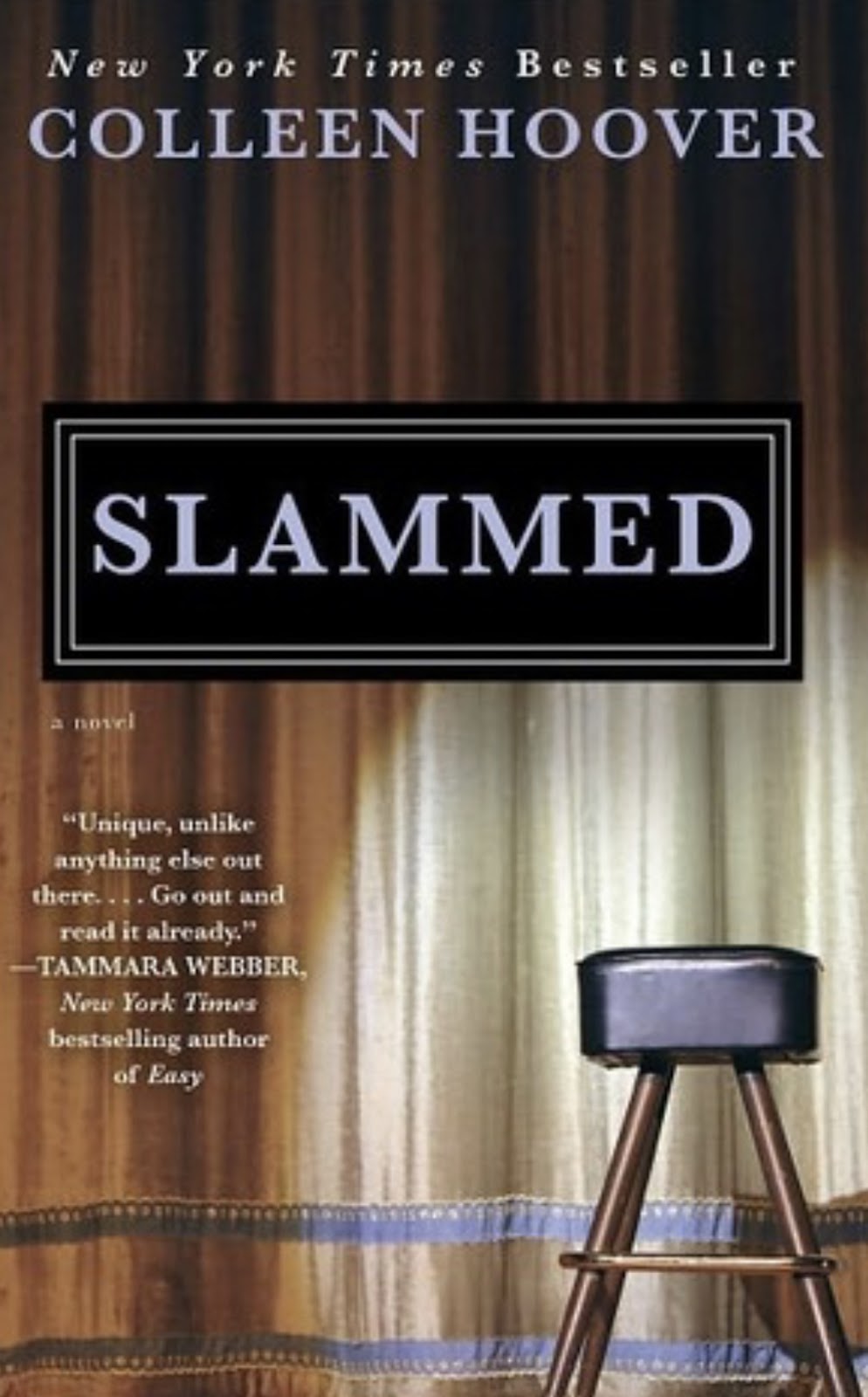One of the common questions heard is how many books a person can read simultaneously. While the straightforward answer may be “As many as you want,” it fails to address the true essence of the question. It’s not simply about quantity, but rather how many books one can juggle while retaining the information, storylines, and knowledge contained within them.
This intriguing query deserves a more comprehensive answer, despite the limited scientific research on the subject. Nonetheless, there are certain factors that can influence the ability to manage multiple books and help individuals determine their optimal threshold.
This aspect can significantly impact the number of books one can juggle simultaneously. Personally, the person can comfortably handle 2-3 fiction books, provided they belong to distinctly different genres. For instance, simultaneously reading an Ernest Hemingway classic, a science fiction novel, and a Stephen King masterpiece poses no difficulty in keeping track of the storylines and information in each book.
Limitations
The limit can be extended to 4-5 books, but caution must be exercised to avoid mixing up certain details. The greater the contrast in writing styles among the books, the easier it becomes to remember the characters and plot lines clearly, minimizing the risk of confusion.
- Moreover, when it comes to academic texts, a larger number of books can be managed simultaneously, simply because a chemistry book can be easily distinguished from a history book or a math textbook, as opposed to a work of fiction like “To Kill a Mockingbird.” Taking into account the person’s experience of reading 2-3 books alongside 7 school classes, it becomes evident that reading over 10 books concurrently is not uncommon for many students.
- This further emphasizes the importance of considering the types of books involved when determining how many ones can effectively read at once. The genres of the books have a profound impact on the reading experience. When it comes to simultaneously reading multiple non-fiction books, it can be manageable if the subjects are markedly distinct. However, for the majority of people, when informational non-fiction books overlap in content, they tend to merge in their minds. Rather than constructing a coherent foundation of knowledge and reinforcing shared information, early studies indicate that individuals retain less when confronted with such overlap.
In essence, the ability to juggle multiple books effectively is influenced not only by the number of books but also by their genres and content. The contrasting nature of genres, be it fiction or nonfiction, can enhance one’s capacity to engage with multiple books simultaneously. Conversely, when books share similar themes or subject matter, the risk of information blending and dilution becomes more prominent, potentially impeding the overall reading experience and comprehension.
- On the other hand, science fiction is predominantly consumed for entertainment purposes, reading multiple fictional stories, particularly in diverse genres, allows individuals to engage with multiple books concurrently. The person has frequently read multiple fiction books simultaneously but prefers to keep genres separate unless it involves a short story by one author and a novel with a distinct style by another. The writing styles of the books also have an impact. It’s unlikely for anyone to mistake Orson Scott Card for Ernest Hemingway, or either of them for Terry Pratchett or Hunter S. Thompson. Significant differences in writing style make it easier to associate the right characters, plotlines, and situations with their respective stories.
- Conversely, reading books by authors like John Saul, Dean Koontz, and Stephen King, who primarily write horror, can lead to some mixing of themes and storylines. Despite their distinct writing styles, the overlapping genre can contribute to confusion when reading multiple books by these authors simultaneously.
Reading novels by the same author poses an even greater challenge, particularly if they follow a recurring style or format. For instance, reading four Clive Cussler novels concurrently and keeping track of every detail can be quite demanding, despite the person’s appreciation for the author.
And who can forget the experience of balancing books during school?
In his youth, the person found himself juggling numerous books due to the demands of multiple classes. Despite being an avid reader of both fiction and non-fiction, he had to learn how to balance multiple books to satisfy his voracious reading habit.
- While there is no scientific consensus on the matter, there are individuals who openly discuss their ability to read multiple books simultaneously. For example, Timothy Ferriss, in his book “The 4-Hour Work Week,” argues against reading more than one non-fiction book at a time, particularly in the context of business or fact-focused subjects. On the other hand, Victoria Coren Mitchell has mentioned reading 6-7 books concurrenregularly.
- Based on personal experiences and insights from various sources, the person has managed to handle a dozen or more books at once during past classes, graduate school, and leisure reading. The number tends to decrease when academic books are not involved, typically ranging from 5-6 books.
Individuals with conditions such as OCD or ADD may be affected differently when it comes to reading multiple books simultaneously. While some may excel at managing multiple texts, others may need to focus on one book at a time to effectively comprehend and retain the information. Factors such as dyslexia also come into play, affecting an individual’s ability to read multiple books concurrently. These factors are unique to each person’s situation and should be considered separately from the general average answer.
To wrap up
In conclusion, the ability to effectively read multiple books while retaining information is a subjective matter that varies from person to person. Although there is a dearth of scientific studies specifically focused on this topic, anecdotal surveys, and mini-studies provide valuable insights. Furthermore, research indicates that reading printed copies of books confers unique benefits compared to digital formats. Printed books offer a tangible experience that allows for better focus and comprehension, while ebooks and audiobooks have a higher likelihood of blendin, potentially impeding the efficiency of reading multiple books simultaneously.
While the exact number of books one can manage successfully at once remains elusive, it is clear that individual preferences, cognitive abilities, and reading habits all come into play. Some individuals may thrive with a larger volume of books, while others may find it more productive to concentrate on a smaller selection. The key is to find a balance that enables a fulfilling reading experience without overwhelming the capacity to absorb and retain information. Ultimately, the ideal number of books a person can effectively read at once is a personalized journey of exploration and discovery.
Although the answer to how many books can be efficiently read at once may range between 5-12 books depending on various factors, it ultimately differs from person to person. Some individuals may be capable of managing more books, while others may find it more challenging. The estimated range of 5-12 books serves as a reasonable approximation for the number most average readers can handle successfully.



